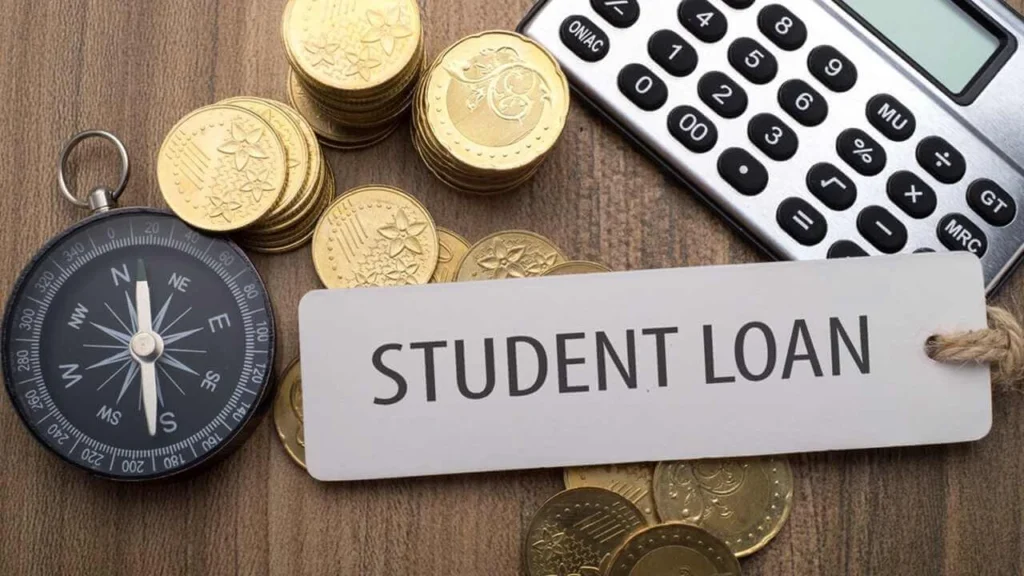Student loans open doors to college but can feel like a heavy burden. A student loan covers tuition, books, and living expenses, yet repaying it scares many. This guide breaks down student loans, offering simple tips to borrow wisely. From federal aid to private options, we’ll help you navigate choices and avoid pitfalls. Read on to take charge of your finances and chase your degree with confidence.
What Are Student Loans?
Student loans fund education costs, repaid with interest over time. They come in two flavors: federal and private. Federal loans, from the U.S. government, offer low rates and flexible terms. Private loans, from banks or lenders, often require good credit and carry higher rates.
- Federal Loans: Direct Subsidized, Unsubsidized, or PLUS loans.
- Private Loans: From banks or credit unions.
- Purpose: Pay for tuition, housing, or books.
- Repayment: Starts post-graduation, often with a grace period.
Federal loans suit most; private loans fill gaps.
Smart Borrowing: 5 Tips to Manage Your Student Loan
A student loan doesn’t have to haunt you. Use these tips to borrow smart and repay smoothly.
1. Start with Federal Loans
Federal student loans have fixed rates and income-driven plans. File the FAFSA to unlock grants and low-rate loans. Subsidized loans save money by pausing interest in school.
2. Borrow Only Essentials
Calculate tuition, fees, and living costs. Take just what you need. Extra borrowing piles on debt and stretches repayment.
3. Compare Interest Rates
Federal loans lock in rates (6.39% for undergrads in 2025). Private loans vary (3.39%-17.99%), with variable rates shifting. Pick the cheapest option.
4. Know Repayment Options
Federal loans offer plans like Income-Based Repayment, tying payments to earnings. Private loans differ by lender—check terms early.
5. Avoid Missing Payments
Late payments hurt credit and risk default. Struggling? Ask your lender about deferment or forbearance.
| Loan Type | Interest Rate (2025) | Repayment Term | Key Perk |
| Subsidized | 6.39% | 10-20 years | No interest in school |
| Unsubsidized | 6.39%-7.93% | 10-20 years | No credit check |
| PLUS | 8.93% | 10-20 years | Covers full costs |
| Private | 3.39%-17.99% | 5-15 years | Higher limits |
Mistakes to Dodge
- Skipping FAFSA: You miss free grants and better loans.
- Borrowing Too Much: Bigger loans mean bigger headaches.
- Ignoring Rates: High rates inflate your debt.
- Missing Payments: Default tanks credit scores.
Expert Advice
Dr. Mark Kantrowitz, a loan guru, says, “Keep debt below your future salary.” This makes repayment easier. Financial planner Travis Hornsby adds, “Income-driven plans cap federal loan payments, keeping them affordable.”
FAQ: Student Loan Basics
Q: Subsidized vs. unsubsidized loans?
A: Subsidized loans skip interest during school, based on need. Unsubsidized accrue interest right away, open to all.
Q: Can I refinance a student loan?
A: Yes, refinancing merges loans with new rates. Private lenders do this, but federal loans lose perks like income-driven plans.
Q: What if I can’t pay?
A: Talk to your lender. Federal loans offer pauses like deferment. Private lenders may offer relief, but it varies.
Q: Are loans forgivable?
A: Some federal loans forgive after 10-25 years in specific plans. Private loans rarely do.
Key Terms
- FAFSA: Free form for federal aid and loans.
- Income-Driven Repayment: Payments based on your earnings.
- Deferment: Payment pause, interest may accrue.
- SOFR Index: Sets variable rates for private loans.
Take Charge Today
A student loan fuels your education but needs careful handling. Stick to federal loans, borrow minimally, and plan repayment early. Ready to start? File your FAFSA now and build a smart financial plan.

